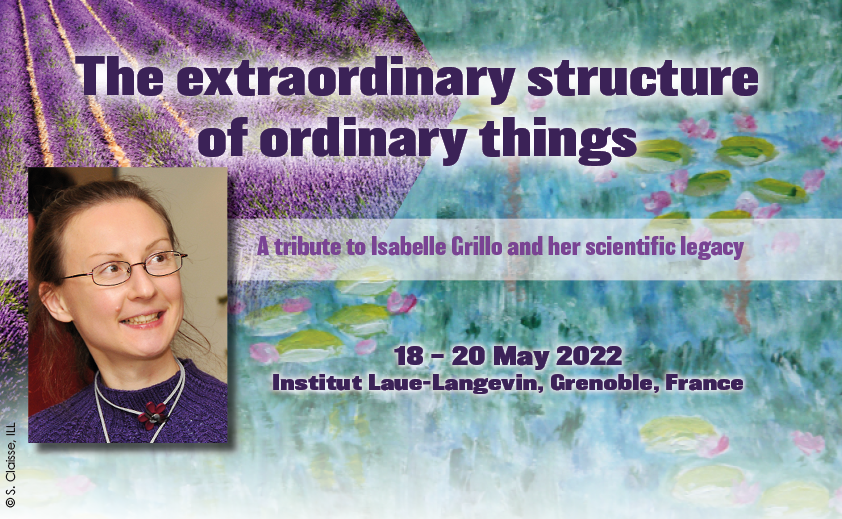Speaker
Description
Nanovectors are used for delivery purposes in many fields. First developed for biomedical and pharmaceutical applications, they have recently been extended to large scale processes and agriculture. Although soft matter materials such as lipids and polymers are generally considered biocompatibile, in recent times concerns have been expressed regarding the sustainability of the whole process from preparation to final administration. In order to comply with these issues, different pathways can be followed. Here the possibility of obtaining nanovectors from sustainable and eco-friendly sources will be addressed. In particular, by-products from agriculture and biomasses obtained from algae are proposed as source to build up engineered soft matter nanosystems for delivering bioactive molecules to plants. The reuse of olive pomace, a lipid-rich waste material in the olive processing, is firstly discussed for delivery phyto-hormones that are scarcely bioavailable, due to low solubility in water media. This allows to combine cost-effectiveness and environmentally friendly procedures. The implementation provided by adjuvants, such as purified natural lipids which form more stable and well-defined nano-objects, is also discussed. Newly formulated lignin nanocapsules are then proposed as vectors for natural pesticides and fingicides, such as neem oil and capsaicin, in the framework of circular economy. Finally, algae grown in nitrogen-deprived culture media, that are known to prvide biomasses with increased lipid content, are proposed as carriers for natural anti-oxidants with broad spectrum of action.
In all these systems the in depth physico-chemical characterization of plain and loaded vectors is a fundamental requirement to control stability and optimize the release of cargo molecules. We thus applied Dynamic Light Scattering, Zeta potential, Small Angle X-ray Scattering and Electron Microscopy to get a comprehensive picture of the overall nanoparticle size, surface charge and internal structuring.
Assays of cytotoxicity and cargo release were carried out in model plants and cell lines and in all cases a remarkable enhancement of the loaded principle activity could be evidenced with respect to conventional treatments, indicating that the new formulations here fabricated have strong potentiality for large-scale administration in the context of sustainable economy.

